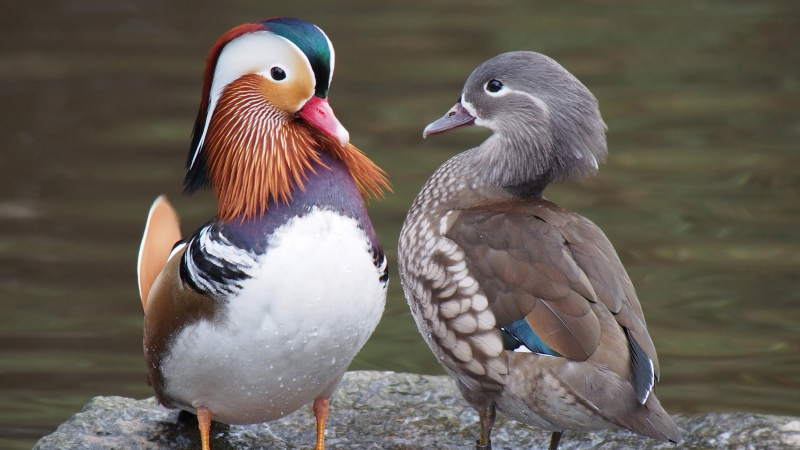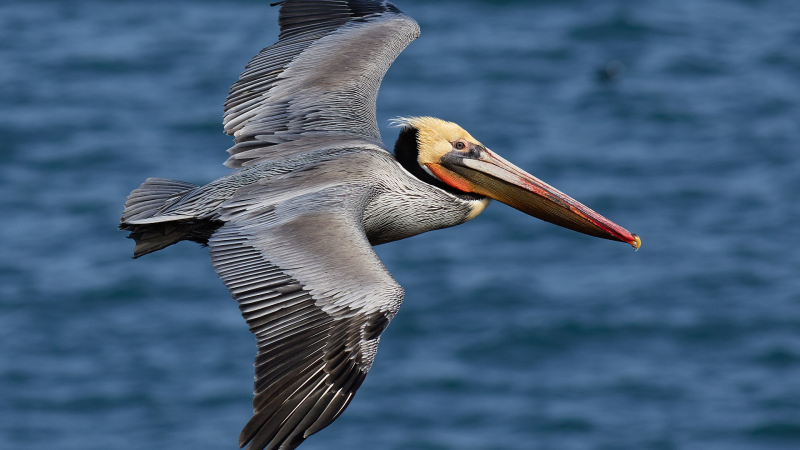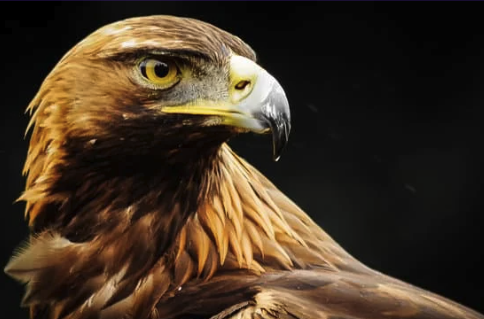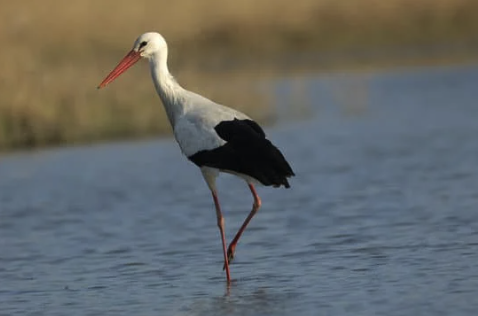A Close Encounter with a Feathered Apex Predator: The Eagle Owl at New Ferry Butterfly Park

Over the weekend, visitors to the New Ferry Butterfly Park Open Day were treated to a rare and unforgettable sight: a magnificent Eagle Owl up close and on display. Towering on its perch, with fiery orange eyes and an impressive wingspan, this bird drew crowds of curious onlookers—some seeing this formidable creature for the very first time. While the butterfly park is better known for its delicate pollinators and wildflower meadows, the presence of this raptor sparked fresh conversations about the importance of predators in UK ecosystems—especially apex ones like the eagle owl.

What is an Eagle Owl?
The Eurasian Eagle Owl (Bubo bubo) is one of the world’s largest species of owl. Native to much of Europe and parts of Asia, it has increasingly been spotted in the wild in the UK, though it remains a controversial and somewhat elusive presence. With a body length of up to 75cm and a wingspan exceeding 2 metres, it is truly a giant among birds. Feathered ear tufts and striking orange eyes make it instantly recognisable.
Though not currently classified as a native UK species, eagle owls are thought to be breeding in the wild in small numbers, mainly due to escapes from captivity and falconry. Whether they should be considered a part of our natural wildlife is still under debate, but their impact as predators is undeniable.
Apex Predator of the Skies
An apex predator is one that sits at the very top of the food chain—an animal with no natural predators of its own. In the UK, the Eurasian Eagle Owl fits this role perfectly when present in the wild. Its diet is astonishingly varied and powerful: it can take down mammals as large as foxes, as well as birds, reptiles, and even other birds of prey.
What makes apex predators like the eagle owl crucial is their role in ecosystem regulation. By preying on the sick, the weak, and the overabundant, they help maintain healthy populations and prevent overgrazing or overbreeding. In ecosystems where apex predators are missing, populations of smaller prey animals can spiral out of balance, leading to long-term damage to biodiversity.
While the UK has few truly apex predators left—most notably absent are large carnivorous mammals like wolves or lynx—the return or introduction of top predators like eagle owls could play an important ecological role. They may also help balance out burgeoning populations of invasive species such as rats, rabbits, or even grey squirrels.
Conservation Controversies
Some conservationists welcome the eagle owl’s growing presence, citing its ability to rebalance food chains and control pests. Others express concern, particularly about the potential impact on native species like barn owls or peregrine falcons. Unlike red kites or ospreys, whose reintroduction to the UK has been widely celebrated, the eagle owl’s expansion is more organic—and more contentious.
Nevertheless, the individual seen at the New Ferry Butterfly Park event was a captive bird, part of a display designed to educate the public. And it succeeded: many visitors left the event not just wowed by its size, but inspired to learn more about how such predators shape the environments we share.

Final Thoughts
Seeing an eagle owl in person is a powerful reminder of nature’s scale and complexity. As discussions continue about rewilding and restoring ecosystems across the UK, apex predators like the eagle owl challenge us to consider what a healthy, balanced landscape really looks like.
Perhaps one day, spotting an eagle owl in the wild will be as routine as seeing a buzzard or a kestrel. For now, those of us at the New Ferry Butterfly Park Open Day will treasure our glimpse into the world of one of nature’s most spectacular predators.





